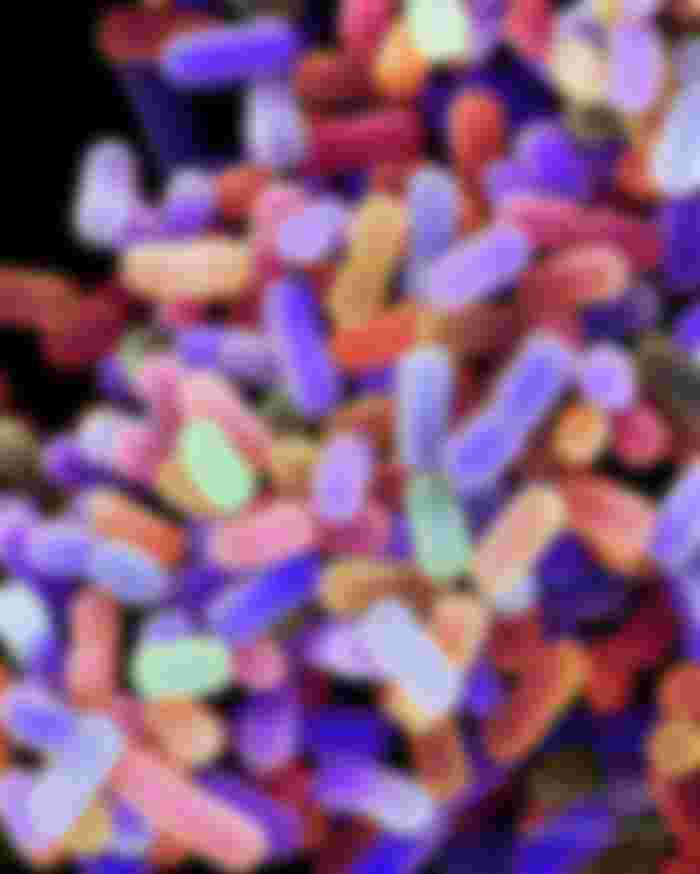Did you ever ask yourself how the microbes enter in your body? Your mom donated many of her beneficial microbes during birth, and she fostered the growth of you and your microbes with her milk, providing nutrients for both you and your microbiota. If you are born by cesarean section your microbiota will develop differently, and this can be linked to later life diseases like allergies and obesity. As an infant, your microbiota was very different, and growing up, it grew up with you. First time receiving solid food was a life changing event for both you and your microbiome.

Lactobacillus plantarum
Each individual has various habitats of microbial communities. The human body is continuously sampling the pool of available environmental microbes. A selection take place for specific microbes that will find their optimal niche in our different body organs. The microbial colonization of humans was thought to begin at birth, but there is evidence of bacterial presence in the placenta, umbilical cord and amniotic fluid of healthy full term pregnancies. This means that microbial exposure started before delivery, allowing the fetus to adapt to microbiota and stimulating the perinatal immune system. Upon and right after the birth a massive amount of microbes enters in contact with the newborn. The colonization of the body by the microbes is influenced by the mode of delivery, type of feeding and/or antibiotic usage. Mothers diet, age and metabolic status, combined with the family genetics and lifestyle are also affecting the infant microbiota development. The colonization it happens vertical (during birth, with microbes from mother lower intestinal tract and vagina) and horizontal (after birth, close contact with siblings, pets, dietary habits). Once the microbes enter in the human body, the conditions of the different body parts are determining which microbes will remain for colonization. The microbiota composition of the stomach, duodenum, ileum and colon are quite different. Acidity, transfer time and nutrients absorption are few of the important factors to select which microbes will adapt to each condition. For example, in the ileum we have a fast transit time (2–6 hours), a thin layer of mucus and the host is continuously absorbing proteins and sugars, so this conditions are sub-optimal for most of the microorganisms. In the colon is a complete other situation, with a transit time of 24–48 hours, thick mucus layer and many non digested fibers are available to microbes to ferment. This is the reason why the colon is the most densely microbial populated part of human body (10–12th bacteria per gram of feces, about 1 kg of mass in total).
Right after birth, the gastrointestinal tract is getting colonized first with facultative anaerobic bacteria, which will reduce the oxygen level in the intestine, making it easy for the anaerobic bacteria to survive. This step it will take 1–2 days to complete. The early life microbiota is dynamic, unstable and a significant variation exists between babies. But this is a non-random process, the body selecting the microbes that have adapted to the conditions of the different organs. The exposure to microbes is mainly determined by the more od delivery, type of feeding and antibiotic usage.
Next post will be about the importance of human milk.

Great dear I have seen your articles on publish0x so you greatest writer my Dear friend